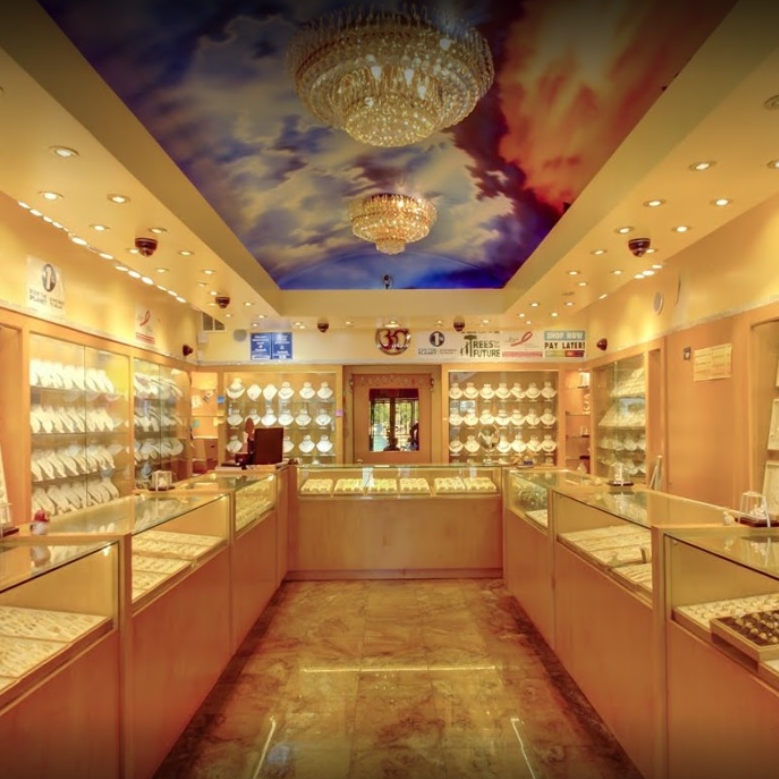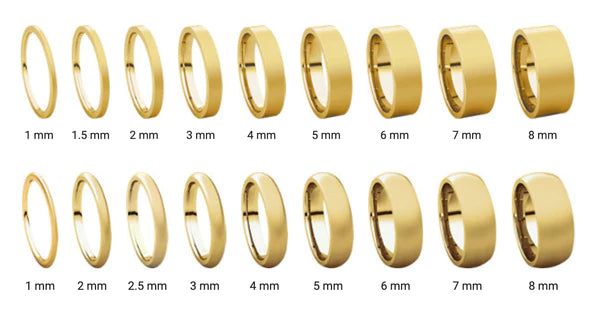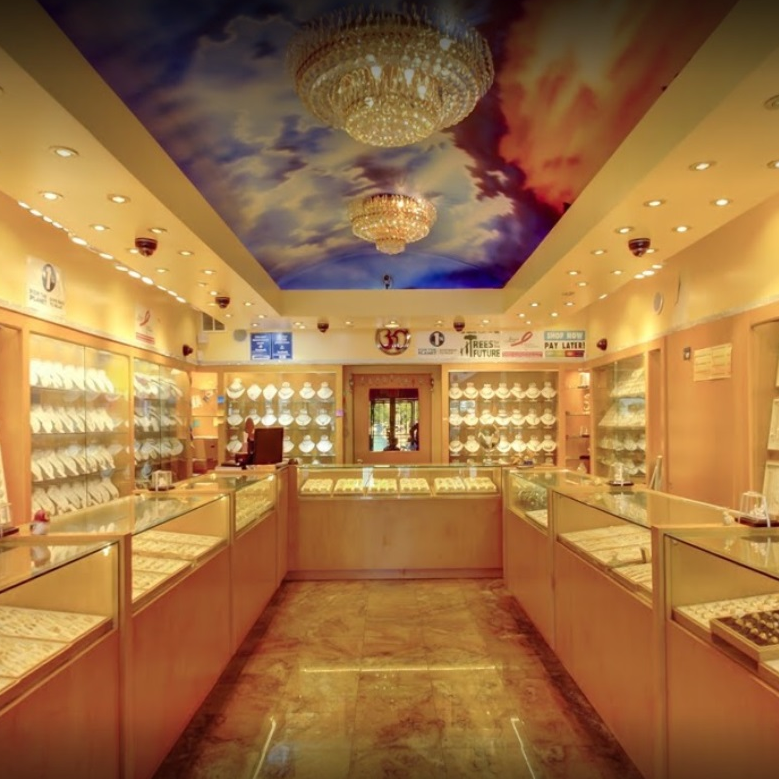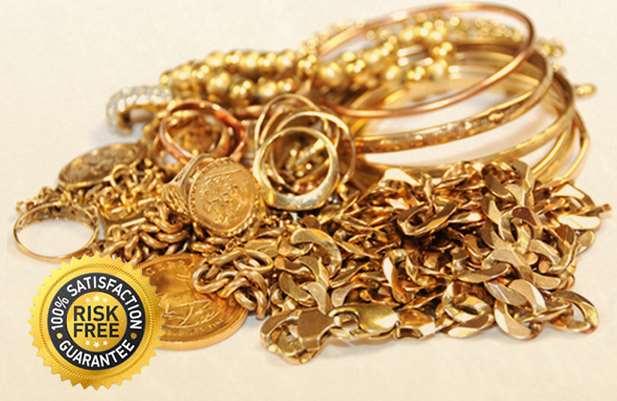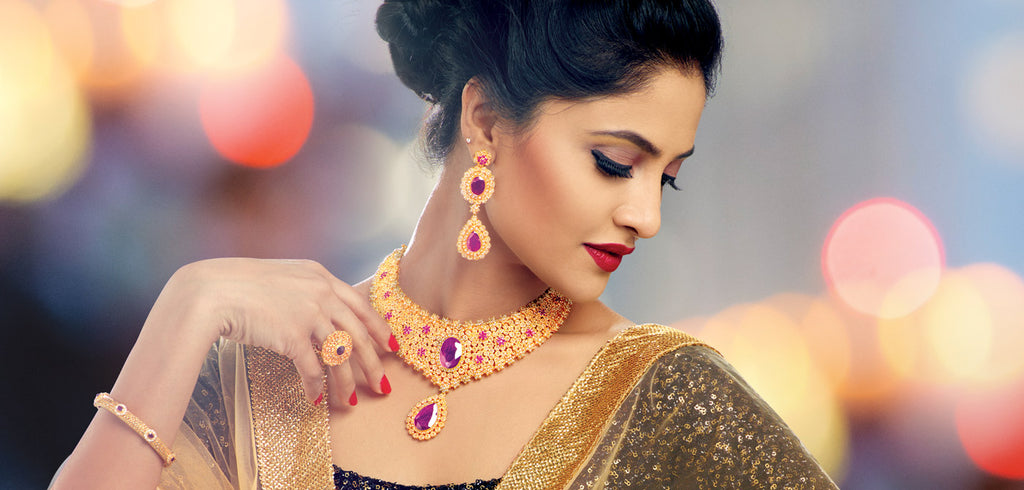Vintage and Antique Jewelry: Unlocking Historical Narratives and Cultural Significance
by shiv kumarVintage and antique jewelry pieces serve as captivating windows into the past, offering not only exquisite craftsmanship but also profound insights into historical contexts and cultural narratives. Each piece tells a story, reflecting the aesthetic sensibilities, societal values, and technological advancements of its era. In this article, we delve into the historical context and cultural significance of vintage and antique jewelry, exploring how these treasures continue to captivate and inspire us today.
A Glimpse into the Past: Historical Context
Vintage and antique jewelry pieces span a diverse range of eras, from the intricate designs of the Victorian era to the bold Art Deco styles of the 1920s and 1930s. Each era is characterized by distinct design motifs, materials, and techniques that reflect the prevailing cultural, social, and political trends of the time. For example, Victorian jewelry often features romantic motifs such as hearts and flowers, reflecting the sentimentality of the era, while Art Deco jewelry is characterized by geometric shapes and vibrant colors inspired by the modernist movement.
Cultural Significance and Symbolism
Beyond their aesthetic appeal, vintage and antique jewelry pieces hold deep cultural significance and symbolism. Throughout history, jewelry has served as more than mere adornment—it has been used to communicate social status, religious beliefs, and personal identity. For example, in ancient Egypt, jewelry was often worn as amulets and talismans believed to offer protection and guidance in the afterlife. Similarly, during the Renaissance period, jewelry served as a symbol of wealth and power, with intricate designs adorned with precious gemstones and pearls.
Innovative Techniques and Materials
Vintage and antique jewelry pieces showcase a remarkable array of innovative techniques and materials that were used by artisans of the past. From intricate filigree work to delicate enamel painting, these pieces highlight the skill and craftsmanship of generations of jewelers. Many antique pieces also feature rare and exotic materials such as carved jade, ivory, and tortoiseshell, reflecting the global trade networks and cultural exchanges that shaped the history of jewelry making.
Collecting and Preserving Heritage
In recent years, there has been a resurgence of interest in vintage and antique jewelry, with collectors and enthusiasts seeking out pieces that speak to their personal tastes and interests. Vintage and antique jewelry pieces offer collectors the opportunity to connect with the past, preserving cultural heritage and celebrating the artistry of bygone eras. Whether it's a stunning Art Nouveau brooch or an elegant Edwardian necklace, each piece tells a unique story and serves as a tangible link to history.
Appreciation and Inspiration
Today, vintage and antique jewelry continue to inspire contemporary designers and jewelry enthusiasts alike. The timeless elegance and intricate craftsmanship of these pieces serve as a source of inspiration for modern interpretations and reimaginings. Many contemporary designers draw inspiration from vintage motifs and design elements, infusing their work with a sense of nostalgia and sophistication that resonates with today's consumers.
Conclusion: A Timeless Legacy
In conclusion, vintage and antique jewelry pieces are more than just decorative ornaments—they are living artifacts that embody the rich tapestry of human history and cultural expression. From their intricate designs to their symbolic significance, these treasures continue to captivate and inspire us, offering glimpses into the past and sparking our imagination for the future. As we continue to celebrate and preserve the legacy of vintage and antique jewelry, we honor the creativity, ingenuity, and artistic vision of generations of artisans who have left their indelible mark on the world of jewelry making.

